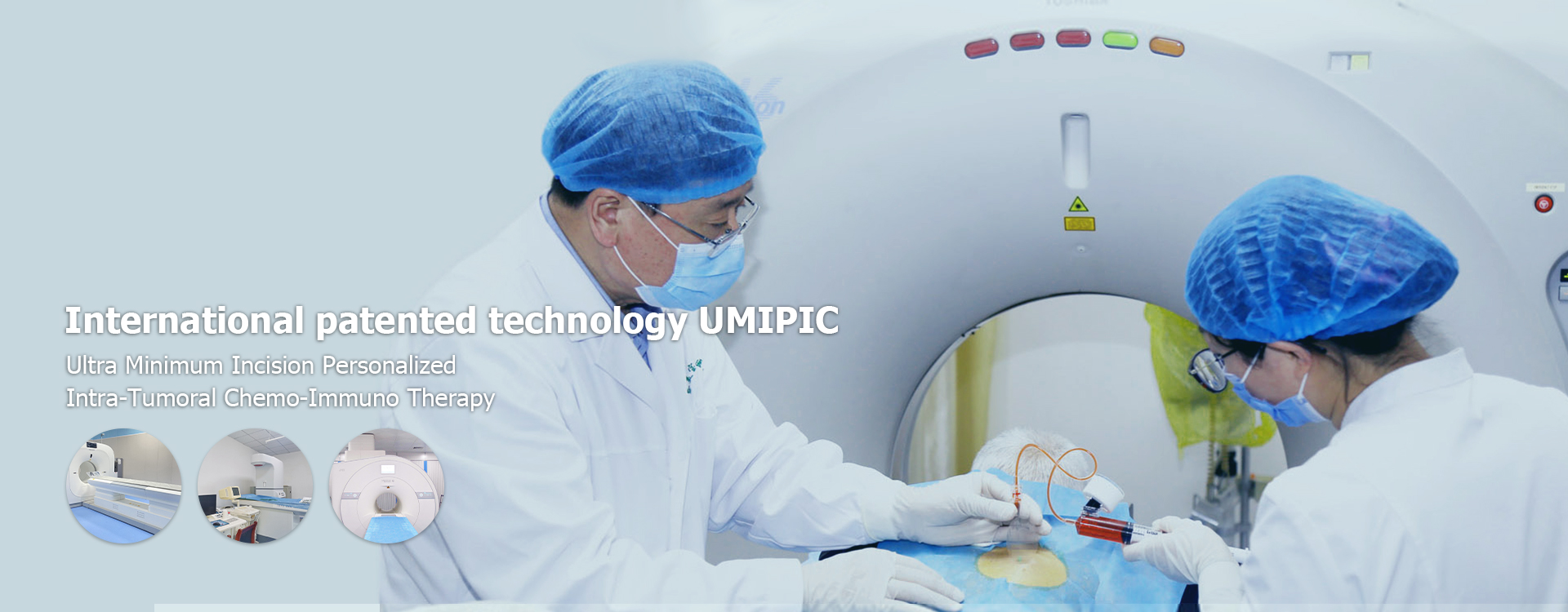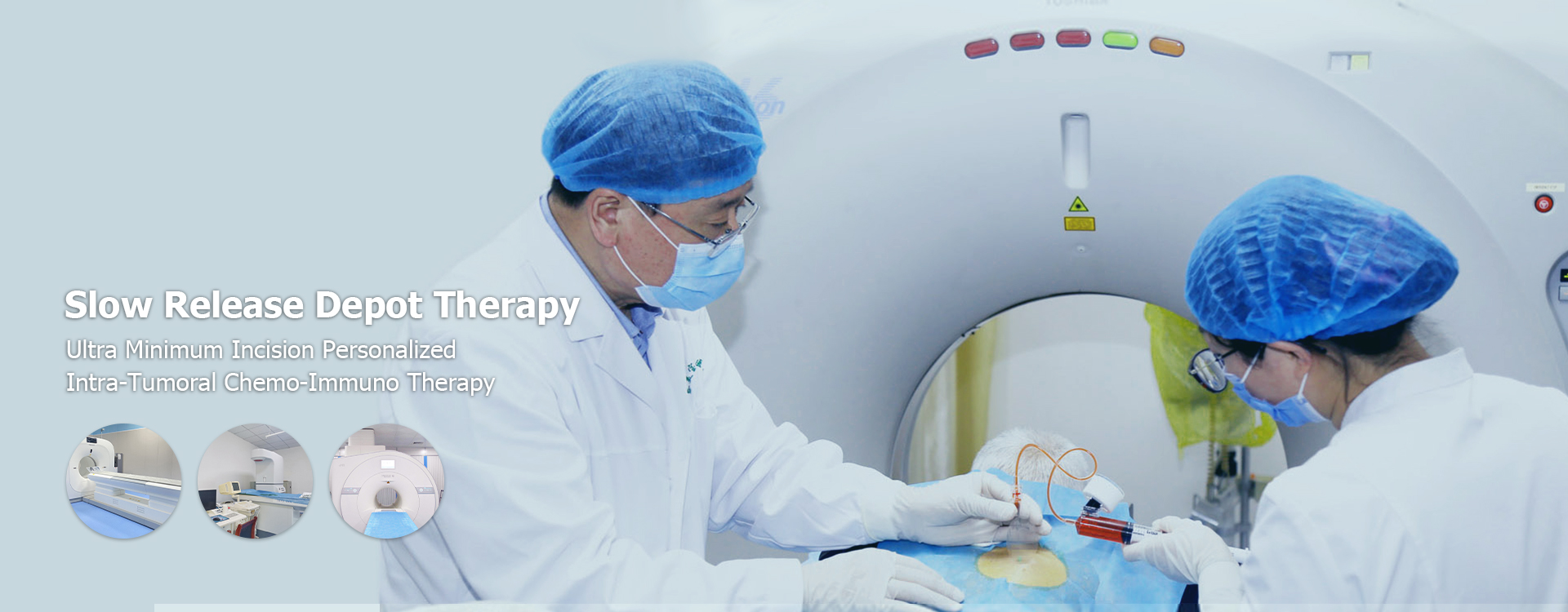
treatment breast cancer test
Navigating the world ofbreast cancer testscan be overwhelming. This guide provides a detailed overview of the different types of tests available, what they're used for, and what to expect during the process. It aims to empower individuals with the knowledge they need to make informed decisions about theirbreast cancerscreening and diagnosis journey, aligning with Shandong Baofa Cancer Research Institute's mission of providing comprehensive cancer care information.Why areBreast Cancer TestsImportant?Early detection is crucial in the fight againstbreast cancer. Breast cancer testsare designed to identify the disease in its early stages, often before symptoms appear. This allows for more effective treatment and a better prognosis. The tests used depend on individual risk factors, symptoms, and medical history. Shandong Baofa Cancer Research Institute emphasizes the importance of regular screening and consultation with healthcare professionals to determine the most appropriate testing schedule.Types ofBreast Cancer TestsSeveral different types ofbreast cancer testsare available, each with its own purpose and limitations. Here's a breakdown of some of the most common ones:ClinicalBreast Exam(CBE)A clinicalbreast examis a physical examination performed by a doctor or nurse. They will visually inspect thebreastsfor any changes in size, shape, or appearance, and then use their hands to feel for lumps, thickening, or other abnormalities. The sensitivity of CBE depends on the experience of the examiner and the density of thebreasttissue.MammogramA mammogram is an X-ray of thebreast. It's the most effective screening tool for detectingbreast cancerearly, sometimes years before it can be felt. There are two main types of mammograms: screening mammograms, which are used to detectbreast cancerin women who have no symptoms, and diagnostic mammograms, which are used to investigate suspicious findings or symptoms.The American Cancer Society recommends that women with average risk begin yearly mammograms at age 45, with the option to start as early as age 40.[1]BreastUltrasoundAbreastultrasound uses sound waves to create images of thebreasttissue. It's often used to further evaluate abnormalities found during a mammogram or clinicalbreast exam. Ultrasound is particularly useful for examining densebreasttissue, where mammograms may be less effective. It can help distinguish between solid lumps and fluid-filled cysts.BreastMRI (Magnetic Resonance Imaging)AbreastMRI uses magnets and radio waves to create detailed images of thebreast. It's often used for women at high risk ofbreast cancer, such as those with a strong family history or certain genetic mutations. MRI can detect smaller tumors than mammograms, but it also has a higher rate of false positives.BiopsyA biopsy is a procedure in which a small sample of tissue is removed from thebreastand examined under a microscope. It's the only way to definitively diagnosebreast cancer. There are several different types of biopsies, including:Fine-needle aspiration (FNA): Uses a thin needle to draw fluid or cells from a suspicious area.Core needle biopsy: Uses a larger needle to remove a small core of tissue.Surgical biopsy: Involves surgically removing a larger piece of tissue or the entire lump.GeneticTestsforBreast CancerRiskGenetictestscan identify inherited gene mutations, such as BRCA1 and BRCA2, that increase the risk ofbreast cancer. Thesetestsare typically recommended for individuals with a strong family history ofbreast canceror other cancers associated with these genes. Understanding your genetic risk can inform decisions about screening and prevention strategies. You can schedule an appointment with a professional atShandong Baofa Cancer Research Institute, to discuss your specific risk factors.Understanding YourBreast Cancer TestResultsAfter undergoing abreast cancer test, it's important to understand what the results mean. Results can be negative, positive, or inconclusive. A negative result means that no signs ofbreast cancerwere found. A positive result means thatbreast cancerwas detected. An inconclusive result means that the results are unclear and further testing is needed.It is important to discuss yourtestresults with your doctor. They can explain the findings in detail and recommend the next steps, which may include additional testing, monitoring, or treatment.Factors to Consider When Choosing aBreast Cancer TestThe bestbreast cancer testfor you will depend on a number of factors, including:Your ageYour personal and family medical historyYourbreastdensityYour risk factors forbreast cancerTalk to your doctor about your individual risk factors and the benefits and risks of eachtest. Together, you can develop a screening plan that is right for you.Frequency ofBreast Cancer TestsThe recommended frequency ofbreast cancer testsvaries depending on age, risk factors, and guidelines from organizations like the American Cancer Society. Generally:Women aged 40-44 should have the option to start annual mammograms.Women aged 45-54 should have annual mammograms.Women aged 55 and older can switch to mammograms every other year, or continue yearly screening.High-risk women may need to start screening earlier and have more frequenttests, such as mammograms and MRIs.Table ofBreast Cancer Tests: ComparisonTestDescription Pros Cons Best For ClinicalBreast ExamPhysical examination by a healthcare provider. No radiation, can be done during routine check-ups. May miss small tumors, depends on examiner's skill. Routine screening. Mammogram X-ray of thebreast. Effective at detecting earlybreast cancer. Uses radiation, can have false positives. Standard screening for women over 40.BreastUltrasound Uses sound waves to create images. No radiation, good for densebreasts. May not detect all cancers. Follow-up to mammograms, evaluating lumps.BreastMRI Uses magnets and radio waves. Very sensitive, detects small tumors. High rate of false positives, expensive. High-risk women. Biopsy Tissue sample is removed and examined. Definitive diagnosis ofbreast cancer. Invasive, can cause discomfort. Confirming a diagnosis. This table provides a general overview. Always consult with your doctor for personalized advice.ConclusionUnderstanding the different types ofbreast cancer testsis crucial for early detection and effective treatment. By discussing your risk factors and concerns with your doctor, you can develop a personalized screening plan that is right for you. Shandong Baofa Cancer Research Institute is committed to providing you with the knowledge and resources you need to make informed decisions about yourbreasthealth. This comprehensive guide highlights the importance of regular screenings and emphasizes that early detection can significantly improve outcomes in the fight againstbreast cancer.[1] American Cancer Society:Breast Cancer Screening Guidelines
Relatedproducts
Related products
Best sellingproducts
Best selling products-
 Andress, a 9-year-old boy from the United States
Andress, a 9-year-old boy from the United States -
 Anthony, lymphocytic cancer patient from the United States 24
Anthony, lymphocytic cancer patient from the United States 24 -
 Famous American female painter Muriel
Famous American female painter Muriel -
 Mark, a prostate cancer bone metastasis patient from the United States
Mark, a prostate cancer bone metastasis patient from the United States -
 Nell Smith, a throat cancer patient from Switzerland
Nell Smith, a throat cancer patient from Switzerland -
 PAT, rectal cancer patient from the United States
PAT, rectal cancer patient from the United States
Relatedsearch
Related search- China kidney pain near me
- treatment stage 3 lung cancer treatment near me
- Pancreatic cancer Hospitals
- indolent lung cancer treatment cost
- China signs of breast cancer cost
- treatment lung cancer treatment medicine
- China prostate cancer treatment success rate near me
- benign tumor treatment cost
- treatment inoperable lung cancer treatment cost
- China umipic cost





